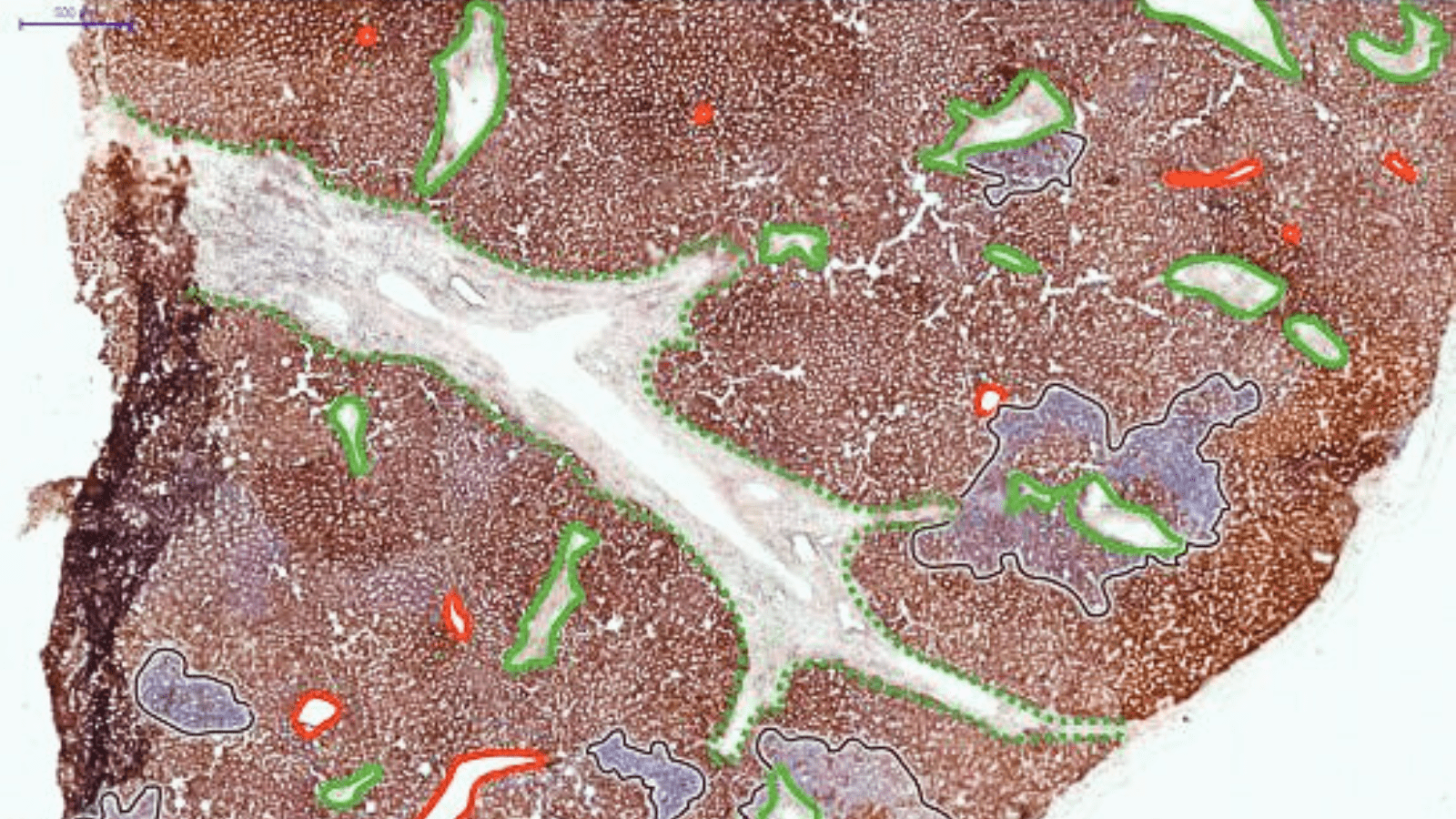BCI News Bites
Researchers shed light on the mystery of liver cells’ origins
Scientists have solved a longstanding mystery of how the normal liver creates new cells – knowledge vital to understanding how and why cell growth spirals out of control in cancer. The new study was published in The Journal of Hepatology by Dr Stuart McDonald and his team at Barts Cancer Institute, Queen Mary University of London.
The liver has a unique ability to regenerate itself after damage. This process requires the production of hepatocytes – the main cells that make up the liver. But we understand surprisingly little about the source of these new cells and how they multiply. “We were amazed to find out how little is known of cellular dynamics in the normal liver,” comments corresponding author, Dr Stuart McDonald. “But if we want to understand future risk of cancer or other diseases in the liver, we need to understand how normal livers behave.”
In the new study, the team traced back the cellular family tree of hepatocytes, and found that they are born from a type of cell that also creates the cells that line our bile ducts, the tubes that carry bile from the liver to our digestive system. From their birthplace, the hepatocytes multiply and migrate slowly through the liver, going through phases of growth and rest, which the researchers suspect might be affected by bouts of injury to the liver caused by environmental factors – perhaps such as alcohol.
The team next hopes to investigate if changes to this process result in an increased risk of cirrhosis – scarring of the liver due to long-term damage – and how we can use this knowledge to better predict cancer risk in people with liver damage. The findings solve a fundamental mystery in the field that will help cancer researchers to understand how the disease subverts the normal behaviour of cells in the liver, helping us to better predict and treat cancer.


This study was funded through the Belgian Federal Science Policy Office (BELSPO), Medical Research Council, Cancer Research UK and the Queen Mary University Life Science Initiative.
Category: General News, Publications

Hetty Verolme 06/06/2023
A magnificent result congratulations..